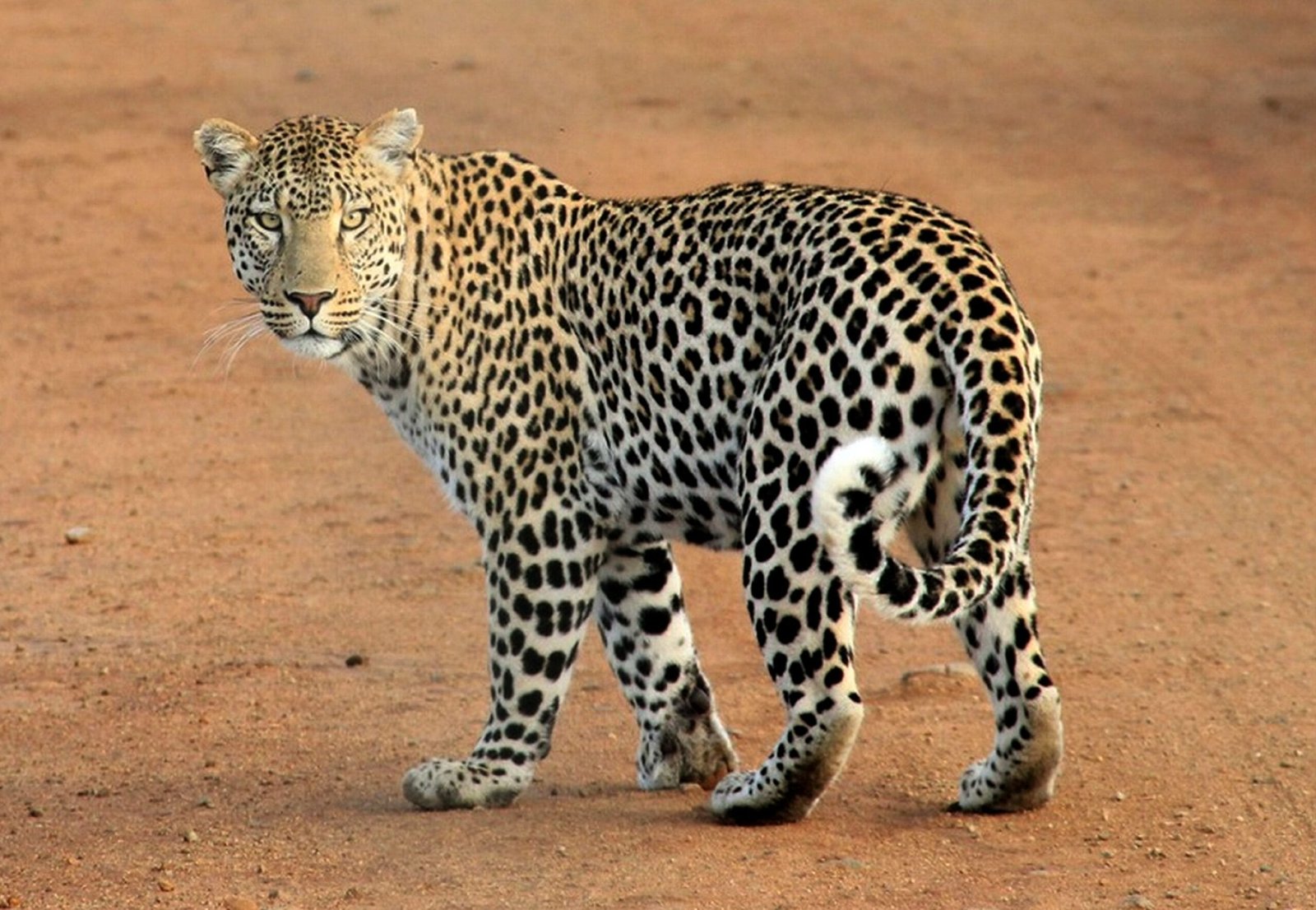Many countries worldwide have wilderness areas where wild animals live and roam freely. Some examples of countries with large tracts of wild animal forests include:
- Brazil: The Amazon rainforest in Brazil is home to a wide variety of wild animals, including jaguars, capybaras, and pink river dolphins.
- Russia: Russia has several large wilderness areas, including the Siberian taiga and the Kamchatka Peninsula, home to animals such as bears, wolves, and lynxes.
- Canada: Canada has vast wilderness areas, including the boreal forest and the Rocky Mountains, home to moose, elk, and grizzly bears.
- United States: The United States has several large wilderness areas, including Yellowstone National Park and the Great Smoky Mountains National Park, home to animals such as bison, coyotes, and black bears.
- India: India has several large national parks and wildlife reserves, including the Sundarbans mangrove forest and the Kaziranga National Park, home to animals such as tigers, rhinoceroses, and elephants.
- Tanzania: The Serengeti National Park in Tanzania is home to various wild animals, including lions, leopards, and zebras.
- Australia: Australia has several large wilderness areas, including Kakadu National Park and the Great Barrier Reef, home to animals such as kangaroos, wallabies, and crocodiles.
- Congo: The Congo rainforest in Africa is home to a wide variety of wild animals, including gorillas, chimpanzees, and elephants.
- Peru: The Peruvian Amazon is home to wild animals, including jaguars, capybaras, and pink river dolphins.
Many other countries worldwide have large wilderness areas where wild animals live and roam freely.
Brazil: The Amazon rainforest in Brazil is home to various wild animals. The Amazon is the world’s largest rainforest, home to a staggering array of plant and animal life, including more than 2.5 million species of insects.

Russia: Russia has several large wilderness areas, including the Siberian taiga, a vast coniferous forest stretching across northern Russia and into parts of neighbouring countries such as Mongolia and China. The Siberian taiga is home to various plant and animal life, including bears, wolves, lynx, and reindeer. The region is known for its harsh, cold winters and short, cool summers. Despite the challenging climate, the Siberian taiga is an essential habitat for many wildlife. It is also home to many small communities of indigenous people who have lived in the region for generations.
Canada: Canada has a vast expanse of wilderness, including the boreal forest, which stretches across much of the country, and the Rocky Mountains, which run through western Canada and the United States. The Rocky Mountains are a range of mountains home to various plant and animal life, including animals such as bighorn sheep, mountain goats, and pikas. The boreal forest and the Rocky Mountains are popular destinations for outdoor enthusiasts who enjoy hiking, camping, and skiing.
United States: The United States has several large wilderness areas, including national parks, forests, and other protected areas. Yellowstone National Park, located in the states of Wyoming, Montana, and Idaho, is the world’s first national park and is home to a wide variety of plant and animal life, including animals such as bison, coyotes, and black bears.
The Great Smoky Mountains National Park, located in Tennessee and North Carolina, is also home to a wide variety of plant and animal life, including white-tailed deer, black bears, and salamanders. Both national parks are popular destinations for outdoor enthusiasts who enjoy hiking, camping, and wildlife viewing.
India: India has several large national parks and wildlife reserves home to various plant and animal life. The Sundarbans mangrove forest is a vast region of mangrove swamps located in the Ganges, Brahmaputra, and Meghna rivers delta in the Bay of Bengal. It is home to various plant and animal life, including saltwater crocodiles, spotted deer, and Royal Bengal tigers.
The Kaziranga National Park is a protected area in Assam in northeastern India. It is home to a wide variety of plant and animal life, including animals such as Indian rhinoceroses, elephants, and tigers. Both of these protected areas are popular destinations for wildlife enthusiasts and eco-tourists.
Tanzania: The Serengeti National Park in Tanzania is home to various wild animals, including lions, leopards, and zebras.
The Serengeti National Park in Tanzania is one of Africa’s most famous wildlife reserves and is home to various wild animals. The Serengeti is a popular destination for wildlife enthusiasts and eco-tourists who come to see the park’s fantastic wildlife and experience the beauty of the African savannah.
Australia: The Great Barrier Reef is a vast network of coral reefs located off the coast of Australia and is home to a wide variety of marine life, including animals such as sharks, rays, and colourful fish. These protected areas are popular destinations for outdoor enthusiasts and Eco-tourists who enjoy snorkelling, diving, and viewing wildlife.
Congo: The Congo rainforest, also known as the Congo Basin, is an extensive tropical rainforest uncovered in Africa’s central and western parts. It is home to a wide variety of plant and animal life, including animals such as gorillas, chimpanzees, and elephants. The Congo rainforest is one of the most bio-diverse regions in the world, and it is home to many species found nowhere else on Earth. The Congo rainforest is an essential resource for the region’s people.
Peru: The Peruvian Amazon is a large tropical rainforest region in eastern Peru. It is home to various plant and animal life, including jaguars, capybaras, and pink river dolphins.
The Peruvian Amazon is one of the largest bio-diverse regions in the world, and it is home to many species found nowhere else on Earth.
In conclusion, many countries have large tracts of wild animal forests. Some of the most incredible examples include Brazil, India, Peru etc.
These countries have immense forests that are teeming with wildlife. The wildlife in these forests is a vital part of the ecosystem and helps to maintain the balance of nature.




